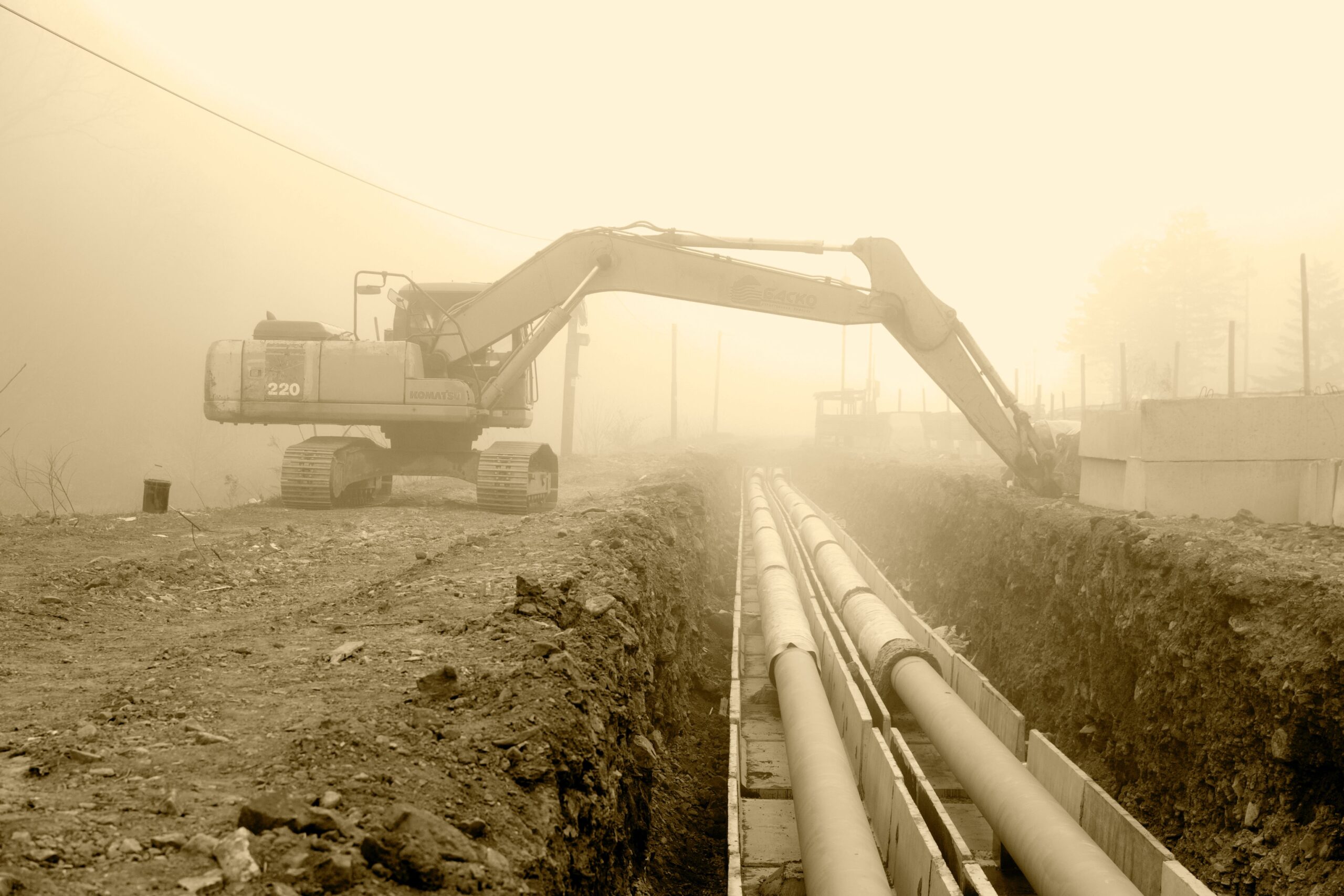Pipe protection sleeves are a type of pipe insulation used on various pipes. They’re used in both residential and commercial settings and come in many different sizes to accommodate different diameters of pipes. Lined Pipe System is offering Flexsleeve for best pipeline performances, and prevent internal pipeline corrosion. What is a pipe protection sleeve, and how does it work? Let’s look at it in detail below!
Types Of Pipe Sleeves
There are several types of pipe sleeves that you can choose from. Some are made with non-metallic materials, while others are made of sheet metal or plastic. The type of sleeve you need depends on what kind of job it will be used for and how much protection is required in the pipe inside.
Non-metallic Sleeves
These are the most commonly used pipes for non-corrosive liquids in various industries. They are made of plastic, making them suitable for water and other non-corrosive liquids.
A type of sleeve pipe is the UI system which features plastic pipes utilized as sleeves. This system can be used on concrete floors and walls.
Flush Sleeves
Flush sleeves cover the outside of a pipe and are often used in areas where aesthetics are essential, such as public spaces like shopping malls or hospitals. Flush sleeves can be made from various materials, including plastic, metal, and rubber. Some flush sleeves may protect pipes from corrosion, abrasion, and impact.
Sheet Metal Sleeves
Sheet metal sleeves are made of galvanized steel, a more corrosion-resistant material than iron or steel pipe. They are often used to protect against corrosion in extreme environments and can provide more protection than other pipe sleeves.
Working Of Pipe Protection Sleeves
The working principle behind pipe protection sleeves is straightforward. The primary purpose of these sleeves is to prevent any damage to the pipeline by providing an extra layer of protection around it. The protective sleeves are made up of different materials depending upon their application.
For example, suppose you want to use them in a corrosive environment. In that case, you need to choose a suitable material that can withstand corrosion effects, such as stainless steel or other metals used in industrial applications. You should choose the right size that fits perfectly onto the pipe so that there are no gaps between them which could cause leakage problems later on.
The Importance Of Pipe Protection Sleeves
Pipe protection sleeves are an essential part of any pipe installation. The main applications of pipe sleeves include:
Protection of Pipes against Corrosion
Pipe sleeves can also prevent corrosion on metal pipes by creating a barrier between them and any corrosive liquids or gases that might flow through them. This prevents any corrosion on one side of the pipe from spreading to other areas where it could cause problems for people or equipment operating nearby or further downstream in case of an accident or malfunctioning equipment.
Protection of Pipes Against Abrasion
One benefit of using pipe sleeves is to protect pipes from abrasion. The elements that cause abrasion are wind, rain, snow, and ice, and these can cause damage to pipes if they are not protected with sleeves. Different types of pipe sleeves make it easier to protect your pipes against the elements.
For example, metal pipe sleeves are made from aluminum or steel metals that are strong enough to withstand harsh weather conditions even if they’re exposed for long periods.
Allow Easy Movement of Pipes
Another advantage of using pipe sleeves is that they allow pipes to be moved more quickly when necessary. Lines may need to be moved if their location changes or need maintenance work done. Moving pipes without pipe sleeves are complicated because they tend to get stuck on other lines or machinery parts, which can cause damage or even disrupt operations entirely.
Pipe Protection Sleeve Mistakes To Avoid
While pipe protection sleeves are easy to use, there are a few things you should avoid doing when installing them.
Don’t Use the right size pipe protection sleeve. If you use a larger tube than necessary, your sleeve will end up too loose and not doing its job correctly.
Don’t Use the correct type of pipe protection sleeve. While all types of these tubes protect against damage from abrasion and impact, some have better resistance to chemicals or fire than others. You should always choose one that best suits your needs based on whether it needs to be used in an industrial setting or at home, where chemicals might leak into the environment if they’re not appropriately contained!
Don’t install your protective covering incorrectly! The most common mistake is to stretch it over your pipe instead of wrapping it around. This results in gaps between each layer, letting dirt get inside quickly, so try again before making this mistake.
Read: “CCB® Sleeve for Thin Linings: A Complete Overview”
Where Are Pipe Sleeves Required?
The answer to this question is simple: Whenever a pipe passes through an opening in a wall, floor, or ceiling, a pipe sleeve should be used.
As you can imagine, this is a prevalent situation. Most homes have at least one pipe that runs through an opening in their walls. In some cases, multiple pipes may run through the same space (for example, multiple water supply lines).
In addition to being required by code for all new construction, pipe sleeves are also crucial for remodeling projects. If you’re going to replace an old cast iron tub with a new shower surround and want your new pipes to match the existing ones, you’ll need to put on new sleeves over your old ones.
Conclusion
In conclusion, pipe protection sleeves can be an excellent investment for any homeowner or business owner. They are affordable, easy to install, and will protect your pipes from all manner of damage. However, if you need to know what kind of sleeve is right for your needs or how to install it properly, you might run into some issues along the way.





